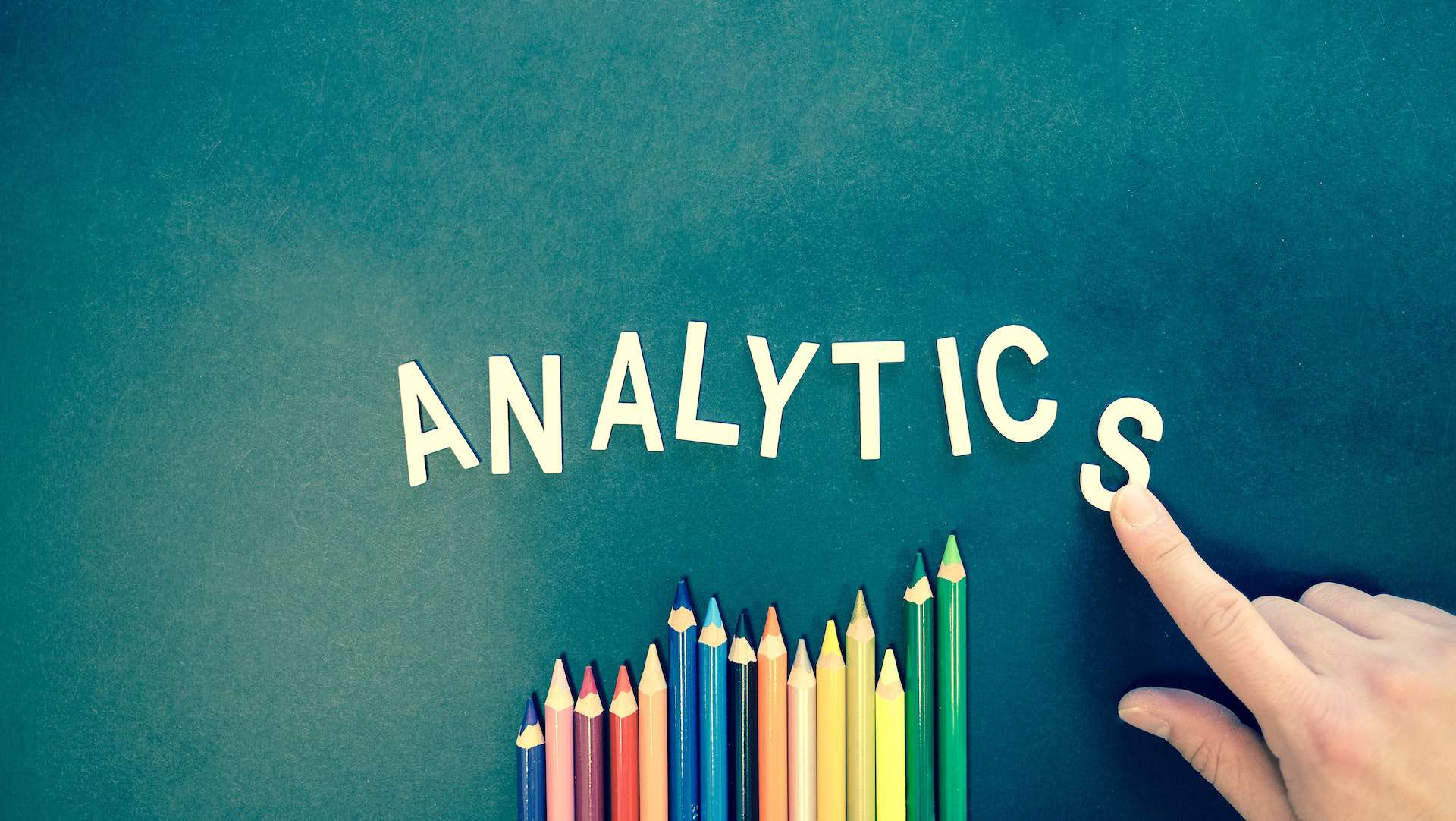Employee Leave Management Without Spreadsheets

Employee leave management is often a critical yet time-consuming task for small business owners and HR teams. Whether you manage the leave of 10 employees or 100, the process is often slow and error-prone.
With employees’ records to manage and multiple tasks that need to be performed daily, many HR managers are looking for ways to streamline managing employees’ leave.
For many small business owners and HR managers, managing employee leave can quickly become a cumbersome process—especially when relying on an excel spreadsheet or other manual methods, which require significant manual input and offer limited functionality compared to dedicated tools.
There are a few ways to manage this for your company without using spreadsheets, some of which are outlined below.
- Have Employees Submit Requests Through Their Work Email
- Use a Leave Management Tool
- Use an Online Shared Calendar
In addition, specialized absence management solutions can further streamline the process of tracking, managing, and approving employee absences by automating workflows and improving efficiency.
Each of these methods has its benefits and drawbacks, this article will show each of them to help you make the right choice.
Introduction to Employee Leave Management
Effective employee leave management is the backbone of a well-organized workplace. Managing employee leave goes beyond simply tracking who is out of the office—it involves a comprehensive leave management process that ensures every time off request is handled efficiently, leave balances are accurately maintained, and scheduling conflicts are prevented before they disrupt your workflow. A robust leave management system helps HR teams and managers keep operations running smoothly, supports employee well-being, and fosters a positive work environment. By prioritizing employee leave management, organizations can reduce absenteeism, boost productivity, and create a culture where employees feel valued and supported. Implementing a dedicated management system for employee leave not only streamlines approvals and record-keeping but also provides the transparency and structure needed to manage employees’ time off effectively.
Benefits of a Leave Management System
Adopting a leave management system brings a host of benefits to organizations of all sizes. With a centralized platform, managing employee leave becomes a seamless process—employees can easily submit leave requests, and managers can review and approve them with just a few clicks. This eliminates the need for manual tracking, significantly reducing the risk of human error and saving valuable time for HR managers. A leave management system also enables organizations to generate reports, monitor leave trends, and make data-driven decisions about staffing needs. Integration with popular HR systems and tools like Google Calendar, Outlook Calendar, and Microsoft Teams ensures that leave information is always up to date and accessible. By streamlining the leave management process, companies can improve employee satisfaction, enhance compliance, and create a more efficient and responsive HR environment.
Common Challenges in Leave Management
For many small business owners and HR managers, managing employee leave can quickly become a cumbersome process—especially when relying on Excel spreadsheets or other manual methods. Manually tracking employee leave often leads to errors, missed requests, and scheduling conflicts that disrupt team productivity. Handling multiple leave types, such as sick leave, vacation, and compassionate leave, adds another layer of complexity, as does ensuring compliance with company policies and labor regulations. These challenges can result in frustration for both employees and managers, as well as potential gaps in coverage when multiple people request leave for the same period. A leave management system addresses these issues by automating the leave request process, providing real-time updates on leave balances, and sending timely notifications to all stakeholders, making it easier to prevent scheduling conflicts and maintain smooth operations.
#1 Have Employees Submit Requests Through Their Work Email
This is the most basic way to manage employee leave, and it’s also the most straightforward. Employees email their requests to a central email address, and the HR team or manager then processes them.
The benefits of this method are that it’s easy to set up and doesn’t require any additional software. However, the drawback to this method is that employees often forget to submit their requests until it’s too late (if they’re using their email address outside of work). This can lead to many last-minute requests and headaches for the HR team. This approach is also prone to manual errors and can be as inefficient as using paper forms for leave requests.
This can also be very difficult to track and to understand who may be off at the same time, causing company wide confusion.
#2 Use Employee Leave Management Software
Whether you are or what computer you are using, simply logging into your system will give you access to everything you need.
Another way to manage employee leave without spreadsheets is to use a dedicated employee leave management software program. An employee leave management system streamlines absence management by automating leave tracking, approvals, and reporting, making the process more efficient and less prone to errors.
A leave management software can automate managing employee leave, making it easier and faster to track days off, approve or deny leave, and generate reports. These systems also help track absence trends, providing valuable insights for better workforce planning and operational efficiency.
Leave management software minimises human error, prevents pay-related disputes, and ensures compliance with your company’s leave policies. Over 50% of employees have been absent from work due to sickness at least once in their career. Managing leave can be a tedious and time-consuming task, mainly if several employees take leave regularly. With software, managing annual leave and overall annual leave management is simplified, allowing for easy tracking of leave balances, requests, and trends.
When using an employee leave management software program, you will never have to worry about losing or misplacing a booking because everything is saved in one place. This also helps employees take full advantage of their leave entitlements without administrative hassle.
In addition, the software will also generate reports that you can use to track employee leave. These reports allow you to monitor employee time and paid time off, making it easier to manage different leave types and ensure accurate records. Integrating leave management with hr software streamlines hr management and hr processes, centralizing employee data and improving efficiency.
The drawback is that you’ll have to pay a monthly fee for the service, and there may be limits on how many employees you can add. However, these solutions are often cost effective for small businesses compared to manual methods, and most providers offer a dedicated team for customer support.
Many leave management apps are available that allow employees to submit leave requests and managers to approve or deny them straight from their mobile phones. Key features include customizable leave type options, support for remote teams, and automatic handling of public holidays. This helps speed up the process of leave approvals, particularly if employees are out of the office or on leave. Compared to other tools or managing your own leave system with spreadsheets, leave management software offers greater efficiency and fewer limitations. These systems also help prevent scheduling conflicts, support shift scheduling, and track sick days and vacation requests. They are scalable for rapid growth and help HR teams save time by automating repetitive tasks.
Leave Balances and Tracking
Keeping accurate leave balances is essential for effective employee leave management. A leave management system empowers employees to view their current leave balances, request leave, and receive prompt approvals or denials—all in real time. For managers, the system offers powerful tools to track leave trends, analyze absence patterns, and make informed decisions about staffing needs. With automated updates, every time off request and approval is instantly reflected in the system, eliminating the need for manual tracking and reducing the risk of errors. Employees can easily submit time-off requests, and managers can respond quickly, ensuring that leave balances are always up to date and that the team remains adequately staffed. This streamlined approach not only saves time but also helps maintain transparency and trust within the organization.
#3 Use an Online Calendar
Many employers use their internal calendars to manage employee leave, and this is an excellent option if you’re already using this system for other purposes. You can simply add a new column for leave requests, and employees can submit them from there.
The benefit of this method is that it’s easy to set up, and you can also use it as a way for employees to see availability. The drawback is that it can be challenging to track when employees are on leave, and it’s also not as visually appealing as some other methods.
However, online calendars often lack the ability to manage different leave type categories, such as volunteer days or bereavement leave, and are not well-suited for complex shift scheduling needs.
This method can also lack reporting on leave allowance and any clashes of when employees are off at the same time when the company gets larger and you have several teams using this same method. It also lacks sophistication when coming to rejecting leave automatically based on various rules, without needing the manager to have to reject the bookings on this basis.
Employee Leave Management Best Practices
To maximize the benefits of a leave management system, organizations should adopt best practices that support both employees and managers. Start by establishing clear and comprehensive leave policies that outline the types of leave available, the approval process, and any company-specific guidelines. Use a centralized platform for managing employee leave to ensure consistency and accessibility for everyone involved. Choose a user-friendly and mobile-friendly leave management system that integrates seamlessly with your existing HR systems, making it easy for employees to request leave and for managers to oversee the process. Regularly review and update your leave policies to stay compliant with labor laws and evolving company needs. By following these best practices, organizations can create an efficient leave management process that reduces administrative burdens, improves employee satisfaction, and supports a healthy work-life balance for the whole team.
Wrapping Up
No matter which method you choose to use for managing employee leave, it is essential to remember that the process should be as easy as possible.
If the process becomes too cumbersome and time-consuming, you will inevitably lose valuable employees who find it too much work to keep track of their leave.
This will impact your bottom line and could lead to issues with productivity that you may not be able to recover from.



